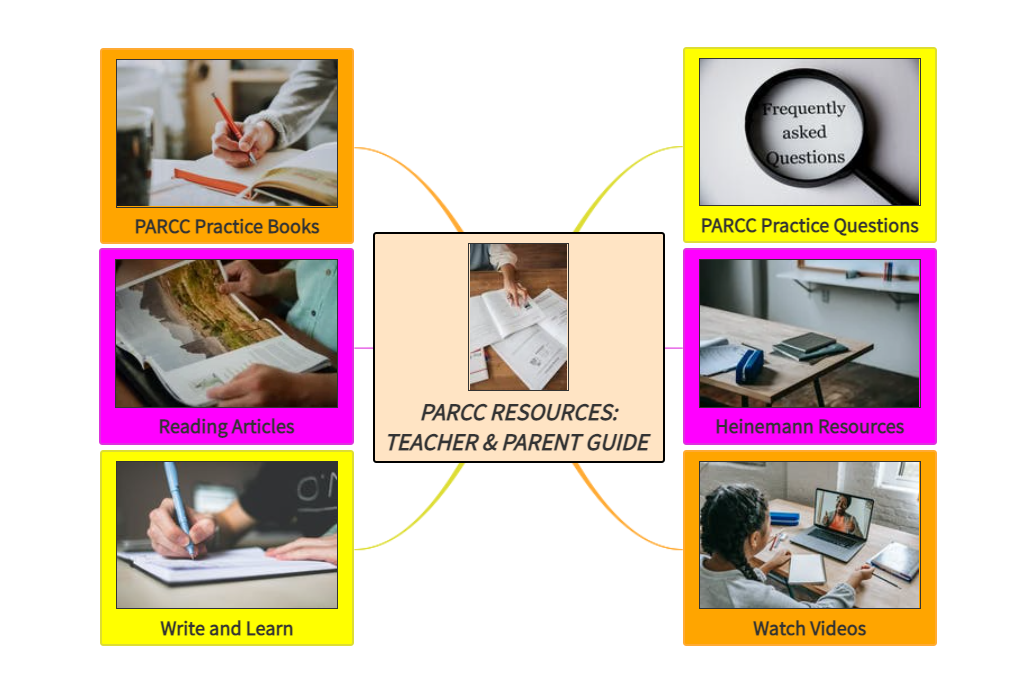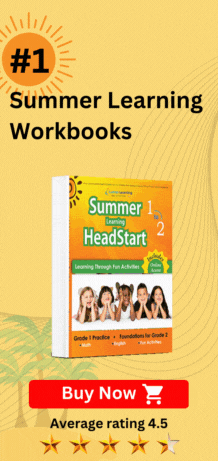
With the upcoming PARCC Performance-Based Assessment (PBA) and End-of-Year Assessment (EOY) slated for 2015, parents and teachers can benefit from the available resources to help students feel more comfortable with the test format and questions they are likely to encounter. This week, I’ve compiled a list of seven resources and links that may be helpful for you, your child, and student(s):
• PARCC practice questions.
PARCC’s website now offers test-type questions for teachers, parents, and students to examine and practice from the makers of the test itself. Click on www.parcconline.org/samples/item-task-prototypes to view not only the types of questions your child may encounter but also the format of the test itself.
PARCC Test Practice: Online Resources for Your Children
• Practice books.
 Visit Lumos Learning’s Bookstore for PARCC practice tests. Lumos offers sample tests in its workbooks for English Language Arts (ELA) and Mathematics: select the appropriate subject and grade level to help your child (or students) practice for the test! See www.www.lumoslearning.com/parents/tedbookparcc for more information.
Visit Lumos Learning’s Bookstore for PARCC practice tests. Lumos offers sample tests in its workbooks for English Language Arts (ELA) and Mathematics: select the appropriate subject and grade level to help your child (or students) practice for the test! See www.www.lumoslearning.com/parents/tedbookparcc for more information.
• Heinemann resources.
Literacy teachers will find a treasure trove of professional reading that can help them improve their instruction and understanding of the Common Core. Ultimately, this will help students achieve on the PARCC’s PBA and EOY. See www.heinemann.com/search/searchResults for valuable reading suggestions.
• Close reading articles.
To improve their reading comprehension, these two articles are sure to inform teachers of the many ways to help students with close reading: “Closing in on Close Reading” by Nancy Boyles (www.ascd.org/educational-leadership/Closing-in-on-Close-Reading) and “11 Tips to Turn Every Student into a Close Reader” by Samantha Cleaver (http://www.weareteachers.com/hot-topics/special-reports/close-reading-mastered-strategies-for-every-student).
• Achieve the Core.
This website is “full of free content designed to help educators implement the Common Core standards” (achievethecore.org). Click on the subject and grade level you wish to access, and you’ll find a myriad of lesson plans, activities, and other tools at your fingertips.
• Videos.
The New Jersey Department of Education offers a collection of videos on its site that explore the PARCC assessment, from its connections to the Common Core to sample questions to the test design itself. Check out the many videos at: www.state.nj.us/education. (Note: If you are not an educator in New Jersey, visit your state’s website for state-specific PARCC information.)
• Write Right Now.
 While the EOY test will assess reading comprehension – without the written component – the PBA will include questions that ask students to write in response to what they have read (and for math, this will include extended responses); therefore, it is imperative to teach those skills now so that students become comfortable answering such questions.
While the EOY test will assess reading comprehension – without the written component – the PBA will include questions that ask students to write in response to what they have read (and for math, this will include extended responses); therefore, it is imperative to teach those skills now so that students become comfortable answering such questions.
Of course, preparing students adequately will entail helping students learn the technical components of a computerized test; to that end, teaching students test-taking strategies and test “language” is essential to understand better what is being asked of them. However, it is also important to note that implementing and teaching a curriculum aligned to the Common Core standards will also prepare students for the test since the test reflects those standards.
Stay tuned for next week’s article, which will delve into strategies to help students respond to their reading with a well-developed, organized, and coherent response.





Pingback: How to Help Students With Increasingly Complex Text – by Julie C. Lyons | Lumos Learning
Pingback: PARCC Resources: A Guide for Teachers and Parents | Think Educative
Pingback: How to Help Students With Increasingly Complex Text – by Julie C. Lyons | Lumos Learning